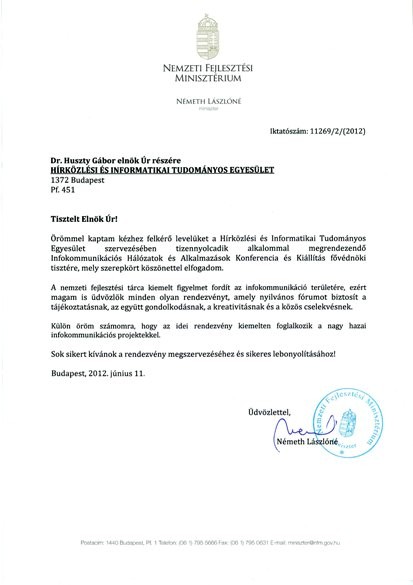Attila Zoltán Jenei, Dávid Sztahó, and István Valálik
Enhancing Parkinson's Disease Recognition through Multimodal Analysis of Archimedean Spiral Drawings
Parkinson's disease is one of the most common neurodegenerative diseases, which is incurable according to recent clinical knowledge. Evaluating motor symptoms across diverse modalities such as speech, handwriting, and movement composes a conventional diagnostic approach. However, concurrently utilizing multimodal datasets encompassing drawing and acceleration data remains an underexplored f ield. Our investigation involved examining drawing and movement data of 45 Parkinson's disease (PD) patients and 47 healthy individuals (HC). The PD group presented mild symptoms in the right hand. We transformed drawing data into spiral images and used visual representations of motion data, employing pre-trained models for feature extraction and classifiers. While motion representations exhibited superior performance compared to drawing images, a comprehensive evaluation with the Mann-Whitney U test at a significance level of 0.05 revealed no statistically significant difference between the efficacy of movement and drawing data in all classification scenarios. Significant improvements were made by combining the drawing data predictions with the motion data predictions. The key finding of the research is that the recognition of the disease can be improved by connecting (post-model) the two modalities. Furthermore, it can be concluded that with the present approach, neither the drawing nor the movement data produced lower results on average.
Reference:
DOI: 10.36244/ICJ.2024.1.8
Please cite this paper the following way:
Attila Zoltán Jenei, Dávid Sztahó, and István Valálik, "Enhancing Parkinson's Disease Recognition through Multimodal Analysis of Archimedean Spiral Drawings", Infocommunications Journal, Vol. XVI, No 1, March 2024, pp. 64-71., https://doi.org/10.36244/ICJ.2024.1.8

